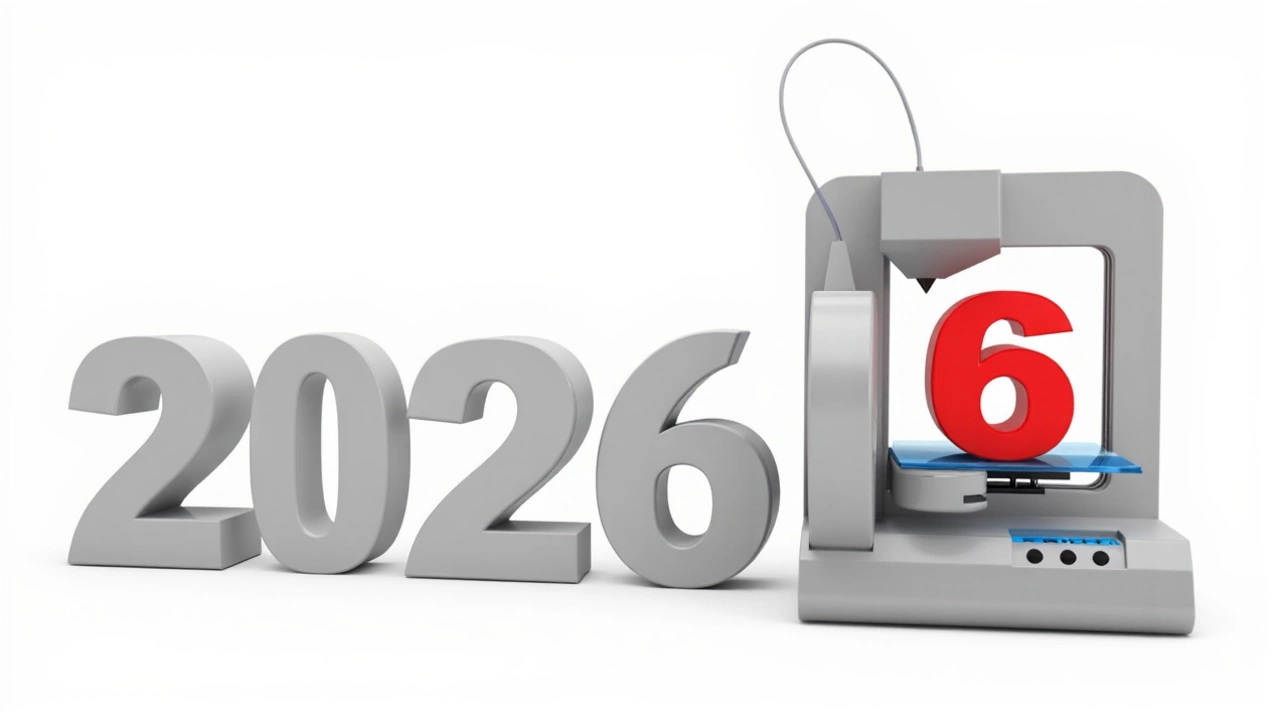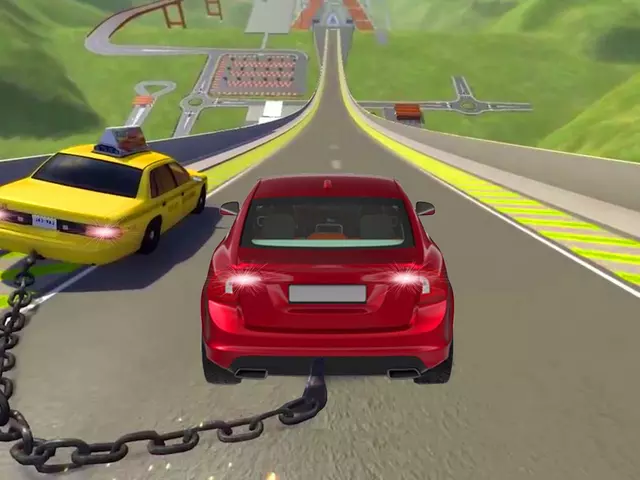 29
Oct,2025
29
Oct,2025
By 2026, the factories humming across America and beyond won’t just be making products—they’ll be redefining what it means to make anything at all. Altimetrik forecasts that nearly 30% of global digital transformation spending will come from manufacturing by next year, a staggering signal that this isn’t just an upgrade—it’s a full-scale overhaul. Behind the scenes, StartUs Insights reports that Sustainable Manufacturing firms have added 17,000 workers in the past year alone, while Manufacturing Automation Systems companies are hiring at a blistering 20.82% annual clip. Meanwhile, the human cost of progress is mounting: plant absenteeism is at record highs, skilled labor is vanishing, and the next generation isn’t lining up to replace them. The twist? The solution isn’t just more robots—it’s smarter humans working alongside them.
The Quiet Revolution of Industry 4.0
Industry 4.0 isn’t a buzzword anymore—it’s the operating system of modern manufacturing. Stibo Systems calls this moment a "transformative period," and they’re right. It’s no longer about adding sensors to machines; it’s about connecting every part of production—from raw material intake to final delivery—into a living, learning network. CoreSite highlights how edge computing and hybrid cloud infrastructure are letting factories process data in real time, without relying on distant data centers. One Ohio auto parts plant now uses cloud-connected sensors to predict tool wear before it happens, cutting downtime by 40%. That’s not futuristic—it’s happening now.
Additive Manufacturing: From Prototyping to Production
Remember when 3D printing meant plastic figurines and slow, clunky prototypes? Not anymore. Industrial 3D Printing companies—800 strong and growing at nearly 14% a year—are now producing end-use parts for aerospace, medical devices, and even heavy machinery. REWO.io notes that tooling once took months to order from overseas suppliers can now be printed on-site in days. One Wisconsin-based manufacturer saved $1.2 million last year by ditching traditional molds for 3D-printed alternatives. The real win? Waste drops by up to 90%. No more tons of scrap metal. No more shipping containers full of unused inventory. Just-in-time production isn’t a dream anymore—it’s the new standard.
The Sustainability Push That Can’t Be Ignored
Green manufacturing isn’t about PR anymore—it’s about survival. With global regulators tightening emissions rules and customers demanding transparency, Sustainable Manufacturing firms now employ 312,000 people worldwide. That’s not a niche segment. It’s a $2.3 billion industry growing faster than most tech startups. Companies are using AI to optimize energy use, recycling scrap metal into new alloys, and even designing products for disassembly. A Michigan electronics maker cut its carbon footprint by 62% in 18 months by switching to solar-powered assembly lines and closed-loop water systems. The message from investors is clear: if you’re not measuring your environmental impact, you’re not measuring your risk.

The Workforce Crisis No One Wants to Admit
Here’s the uncomfortable truth: the most advanced factory in the world is useless without people who know how to run it. Brian Higgins and Lenny LaRocca of Industry Today describe a "nearly unprecedented confluence of stresses"—an aging workforce, fewer immigrants entering skilled trades, and a generation that sees manufacturing as outdated. The result? Record absenteeism. Vacant machine operator roles. And a skills gap so wide, even AI can’t fill it alone. One Tennessee plant had to shut down a $15 million robotic line for three weeks because no one knew how to calibrate the new AI-driven vision system. The solution? Retraining. Not just for engineers, but for welders, machinists, and quality inspectors. Programs like Manufacturing Month Kick-Off Charlotte, North Carolina are trying to bridge this divide, bringing together legal teams, HR leaders, and tech vendors to tackle compliance, hiring, and training under one roof.
AI Is No Longer Just for Giants
For years, artificial intelligence in manufacturing was reserved for Fortune 500 companies with IT budgets bigger than some countries’ GDPs. Not anymore. Versique reports that small and mid-sized manufacturers are now adopting AI at a pace that surprises even analysts. One Iowa machine shop with 47 employees uses an AI tool to predict which CNC tools will fail next—cutting unplanned downtime by 58%. Another in Pennsylvania uses AI to analyze product defects in real time, flagging issues before they reach customers. The key, says Versique, isn’t just the tech—it’s the culture. Companies that treat AI as a co-pilot, not a replacement, see higher quality, better compliance, and stronger trust from regulators and consumers alike.

What Comes Next?
The next 18 months will decide who leads and who lags. Manufacturers that treat these five trends as separate initiatives will fail. The winners will integrate them: using AI to optimize sustainable production, deploying 3D printing to reduce supply chain fragility, and training workers to manage the very systems that are replacing grunt work. StartUs Insights calls it "circular manufacturing"—a system where waste is designed out, materials are reused, and human expertise guides automation. It’s not science fiction. It’s the factory floor of 2026.
Frequently Asked Questions
How is Industry 4.0 changing daily operations in factories?
Industry 4.0 connects machines, sensors, and software into a single data network, allowing real-time adjustments to production. Factories now predict equipment failures before they happen, adjust workflows based on demand spikes, and track every component’s journey from raw material to finished product. One Wisconsin plant reduced inventory costs by 35% by syncing its ERP system with live machine data.
Why is additive manufacturing growing so fast despite having fewer companies?
Though only 800 firms specialize in industrial 3D printing, each one can replace dozens of traditional suppliers. The technology slashes lead times—from months to days—and eliminates expensive tooling. A single aerospace firm saved $8 million in tooling costs last year by printing custom jigs and fixtures on-site. Growth is explosive because the ROI is undeniable, even for small operations.
What’s being done to fix the manufacturing workforce shortage?
Community colleges are partnering with manufacturers to create certified technician programs. Companies like Altimetrik and Stibo Systems are funding apprenticeships that pay workers while they learn AI and robotics skills. Some plants now offer signing bonuses up to $10,000 for certified CNC operators—something unheard of a decade ago.
Are sustainable manufacturing practices actually profitable?
Yes. Companies using circular manufacturing reduce material costs by up to 40% and lower energy bills by 25–60%. One Texas chemical plant cut its waste disposal fees by $1.7 million annually by recycling 98% of its solvents. Investors now rate sustainability as a key indicator of long-term resilience—not just ethics.
Can small manufacturers afford AI and automation?
Absolutely. Cloud-based AI tools now cost as little as $200/month per machine. A Michigan tool-and-die shop with 30 employees uses a subscription-based AI system to monitor tool wear, saving $300,000 in scrapped parts last year. The barrier isn’t cost—it’s awareness. Many small firms don’t realize these tools exist or how easy they are to install.
What role do legal and compliance teams play in this transformation?
As factories adopt AI and global supply chains grow more complex, legal teams are now frontline risk managers. They handle data privacy laws, intellectual property from 3D-printed parts, and international trade compliance. Events like the Manufacturing Month Kick-Off Charlotte, North Carolina are training counsel to navigate these new legal landscapes before lawsuits happen.




